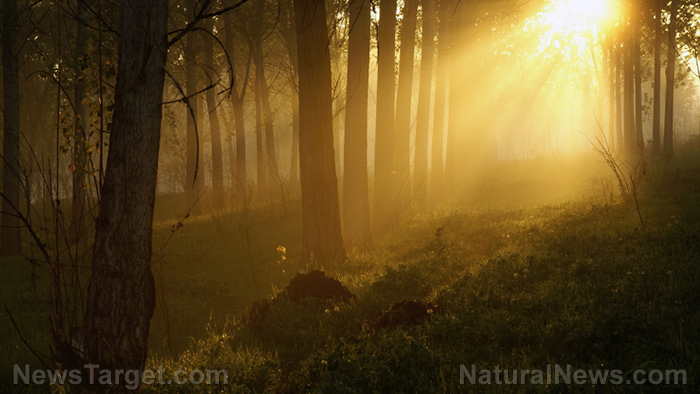
"Well, lots of people recognize that as humans get older they tend to have less and less children…trees do it the other way around," said David Lindenmayer of the Australian National University College of Science in Canberra, in an interview with ScientificAmerican.com.
A team of international researchers, led by Nate Stephenson of the U.S. Geological Survey Western Ecological Research Center, examined carbon storage at the level of individual trees rather than forests and found that the mass growth rate of older and taller trees kept increasing. The researchers surveyed 673,046 individual trees and more than 400 species, going back as far as 80 years ago, on six continents. The team determined that 97 percent of the surveyed trees have increased leaf cover as individual trees grew older and taller, which enabled them to keep absorbing an increasing amount of carbon as they aged.
The findings of the study suggest that older trees are "carbon vacuums" – a single big tree could absorb and store the same amount of new carbon in a year as might be contained in an entire mid-sized tree, if we look at it on a tree by tree basis.
"In human terms, it’s as if our growth just kept accelerating after adolescence, instead of slowing down," Stephenson remarked.
However, on a forest by forest basis, the younger stands of trees beat the old-timers as overall living carbon banks. This is because the clusters of old trees become fewer as some will inevitably die, leaving the still older ones in ever decreasing numbers.
William Morris, a Ph.D. candidate from The University of Melbourne, said the study may have significant implications for management of forests and individual trees.
"As we now know that the biggest trees are the most valuable as both carbon stores and carbon sinks. If a manager’s goal is to maximize carbon uptake, then maintaining larger trees may be an efficient way to do so," he said.
Population decline
Natural death is far from the only reason for decreasing numbers of older trees. Populations of these large, old trees have been rapidly declining in many forests, woodlands, and other ecosystems around the world due to continuous land developments that cause massive deforestation. (Related: Living beyond our means: We are burning through the planet’s resources, living an unsustainable way of life.)
"We can make sure we grow more forest, we can make sure we protect the big trees that we have now, and we can make sure that we don’t do things that really put a lot of pressure on those trees. Straight out, just cutting them down – we should not be cutting down really big, old trees anymore," warned Lindenmayer.
Oldest living trees
For the longest time, an ancient Great Basin bristlecone pine (Pinus longaeva) aptly named Methuselah was recognized as the oldest living tree in the world, having lived a staggering 4,845 years in the White Mountains of California, in Inyo National Forest. It was later discovered that another bristlecone pine tree even surpassed Methuselah at a whopping 5,062 years of age.
Learn more about our forests and other ecosystems by visiting Environ.news today.
Sources include:
Please contact us for more information.























